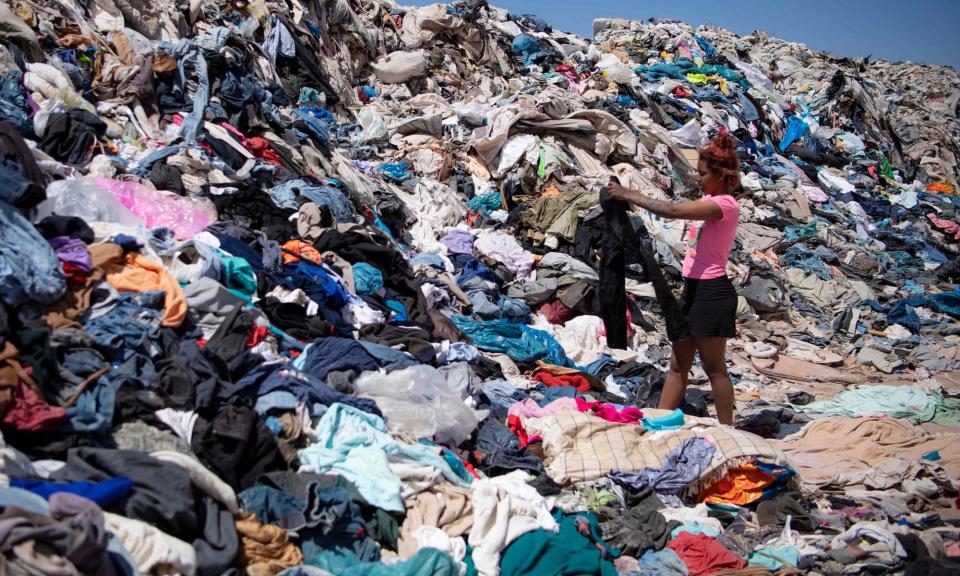John Lewis clothing range aims to ‘minimise waste and maximise longevity’

Fabric that shrinks or bobbles is a pet peeve of Britons who want to buy long-lasting clothes, with the low quality of high street fashion contributing to the 30,000 shipping containers of clothing and homewares dumped by consumers every year.
With retailers tasked with finding ways to reduce the environmental impact of the clothing they sell, the first wave of products in a new range especially designed to “minimise waste and maximise longevity” has gone on sale at John Lewis.
The 20-strong “circular” collection is “just the beginning” of an overhaul that by 2028 will reach thousands of products, the department store chain says. Described as products that will “stand the test of time”, the initial range includes pyjamas, babywear, knitwear, mattresses, duvets and pillows.
Textiles and fashion are responsible for up to 10% of global carbon emissions, and despite growing awareness, the UK consumes more clothes per head than any other country in Europe. Almost half (45%) of UK citizens buy clothing at least once a month, while one in four (23%) still regularly buy clothing with the intention of using it for a short amount of time.
The result of this is that, on average, each person in the UK throws 35 items of unwanted textiles straight into general waste every year, according to anti-waste charity Wrap’s 2024 textiles market situation report. It estimates that 711,000 tonnes of textiles are put into black bins or general waste skips at recycling centres, a volume that equates to almost 30,000 shipping containers full of cast-off fashion and home textiles items a year.
Related: ‘It’s the industry’s dirty secret’: why fashion’s oversupply problem is an environmental disaster
At the same time, Wrap warns that the textiles that do get donated responsibly have plummeted in price due to the saturation of the market with low-quality fast fashion, resulting in less income for the reuse and recycling sectors.
More thoughtful design can help manage the fallout from this consumption, with up to 80% of a piece of clothing’s impact determined at the design phase, says Wrap. It is championing circular design, which involves using recycled or sustainable materials and creating durability by, for example, using stronger stitching for seams.
Related: Castoffs to catwalk: fashion show shines light on vast Chile clothes dump visible from space
In keeping with this philosophy, products in the John Lewis range have an increased amount of recycled content. The jumper, albeit with a hefty £135 price tag, is made with Sustainable Fibre Alliance (SFA) certified cashmere. The £8.50 sleepsuit is, it says, made to be passed on, after being tested to higher durability standards.
Kathleen Mitchell, the store’s commercial director, said it was looking at ways to “combine style and sustainability” for its customers. “We know they want products that look good and that last, and that’s exactly what these designs offer,” she said.
Circular design also factors in how clothing can be more easily recycled when the owner has finished with it. This means restricting the number of fabrics used. In the pyjamas, for example, an elastic waistband has been replaced with a simple fabric tie.

 Yahoo Finance
Yahoo Finance 